What's New
Displaying results 1751 - 1760 of 4899
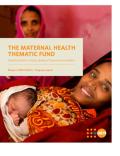
Resource | Publications,
This report highlights the key results achieved over Phase II of the Maternal Health Thematic Fund (MHTF), from 2014 to 2016, structured around the three cross-cutting principles of accountability, equality of access and quality of care, as outlined in the MHTF Business Plan Phase II (2014-2017). The report foregrounds the MHTF’s role in supporting health systems strengthening, and addresses its catalytic nature, its promotion of sustainability and its strong emphasis on advancing innovation. A vision and direction are outlined for the third phase of the MHTF, which will be further elaborated in a forthcoming Business Plan Phase III (2018-2021).
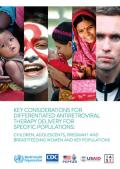
Resource | Publications,
This document provides key considerations on when clinically stable children, adolescents and women who are pregnant or breastfeeding as well as members of key populations (people who inject drugs, sex workers, men who have sex with men, transgender people and people living in prisons and closed settings) can benefit from access to ART services for clinically stable clients, including less frequent clinic visits and multi-month refills for ART and other medications. The guidance provides the rationale and the approach to expand differentiated ART delivery to populations of people living with HIV who previously may not have been considered “eligible” for ART delivery models for clinically stable clients.
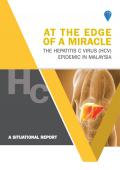
Resource | Publications,
When we began this project, we realised that there was little consolidated information on the HCV situation in Malaysia, whether epidemiological reports, patient voices, or the diagnostics and treatment environment. This report seeks to fill that gap and be a useful tool for clinicians, civil society, policy makers, politicians, and other stakeholders working towards access and affordability of HCV diagnostics and medication.
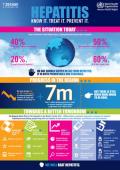
Resource | Infographics,
Infographic on hepatitis produced by WHO Regional Office for the Western Pacific.
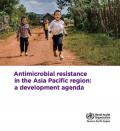
Resource | Publications,
This report provides in-depth technical discussions in areas that have direct implications to the containment of antimicrobial resistance (AMR) as a development agenda. The report is organized in five chapters which served as the technical background documents for the Biregional Technical Consultation on AMR in Asia, 14-15 April 2016.
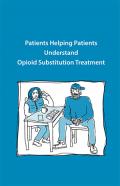
Resource | Tools,
This handbook has been written by a group of patients in British Columbia. We all have long experience with medication-assisted treatments for opioid dependence. The language about drug use is complex. The latest version of the manual that defines diseases and disorders (DSM-V) no longer refers to “dependence” and uses “addiction” instead. In this handbook, we continue to use “dependence” to refer to our experience of “needing the drug” and significant withdrawal symptoms when trying to quit or cut down on our use.
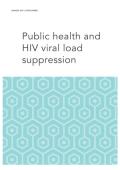
Resource | Publications,
The primary purpose of antiretroviral therapy is to keep people living with HIV in good health. In the large majority of people living with HIV, antiretroviral medication can be chosen that reduce the amount of HIV in the blood to levels that are undetectable by standard laboratory tests. It can take some months to reduce viral levels to undetectable levels and allow the immune system to begin to recover. Antiretroviral therapy is transformative for people living with HIV. It enables people to regain their quality of life, return to work, enjoy their families and enjoy a future filled with hope.

Resource | Infographics,
The 90-90-90 targets and the HIV testing and treatment cascade are two ways of looking at the same data. The targets were instrumental in galvanizing global action for HIV treatment access.
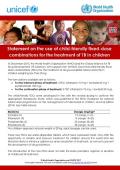
Resource | Fact Sheets,
The World Health Organization (WHO) and UNICEF has issued a joint statement, urging all National TB Programmes to replace the previously used medicines for children weighing less than 25 kg with the child-friendly dispersible TB fixed-dose combinations (FDCs) at the soonest possible time. WHO and UNICEF advise against continued use of the former sub-optimally dosed FDCs or adult formulations (crushed tablets), which may lead to under- or over-dosing, unfavourable treatment outcomes, and high likelihood of contributing to the development of drug resistance.
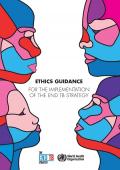
Resource | Guidelines,
The World Health Organization End TB Strategy is fully aligned with the framework of the Sustainable Development Goals (SDGs). Both require due attention to equity, human rights and ethics. In fact, “protecting human rights, ethics and equity” is one of the four key principles of the WHO End TB Strategy. The SDG agenda itself is inspired by a simple motto: “Leave no one behind”. Ensuring that these essential principles guide the implementation of the End TB Strategy is a must, especially when tuberculosis (TB) is rampant among the most vulnerable and marginalized populations everywhere in the world.
The goal of this guidance document is to assist those working towards ending TB in the 21st century by proposing practical answers to key ethical questions and enabling patients, families, civil society, health workers and policy makers to move forward and address current challenges. This TB ethics guidance can then inform difficult decision-making processes by providing recommendations and serving as a basis for further analysis of complex ethical challenges.





